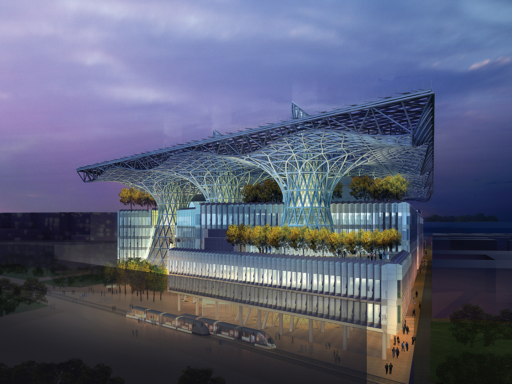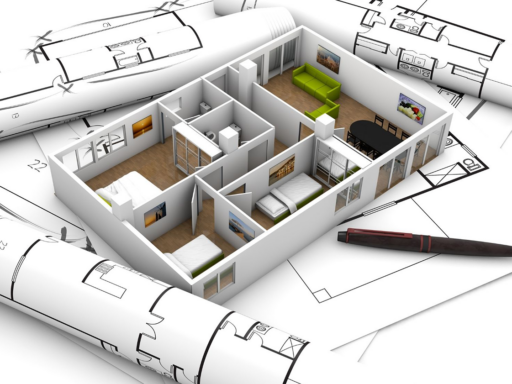The Site Logistics Model (SLM)
The Site Logistics Model (SLM) refers to a structured framework used to plan, manage and control logistics activities on a construction site. It encompasses spatial layout planning, material movement, facility placement, transportation management and conflict resolution. The goal of a site logistic model is to optimize the flow of materials, equipment and personnel.
- The SLM ensures that materials and equipment are delivered to the right place at the right time.
- It allows for better coordination and communication among different stakeholders reducing conflicts and errors.
- The SLM helps to optimize the use of space on the construction site, ensuring that materials and equipment are stored and organized in the most efficient way possible.
- By implementing the SLM, we can improve productivity and reduce costs.
“Many times, we talk about large projects, but personally, it has been incredibly helpful for me in managing a tall building on a very small piece of land. Management was crucial, as there wasn’t much storage space. The site logistic model has been a great tool for handling materials and machinery, but above all it has been an excellent communication tool on-site with all the other parties involved.” – Josefina S., Architect
Site Logistic Model and the use of BIM software
The utilization of 4D Building Information Modeling (BIM) models in production planning aims to create a virtual environment for simulating and observing production processes. These models facilitate the identification of resource conflicts over time with the goal of enhancing efficiency, safety and flow by pinpointing bottlenecks.
Applications of 4D modeling includes the analysis of vehicle trajectories on construction sites and the identification of conflicts in both space and time. Additionally, studies have been conducted on modeling construction operations, scrutinizing materials inventory and utilizing BIM 4D models to plan construction sequences and anticipate potential logistical challenges.
How to Create a Construction Site Logistics Plan?
Construction site logistics planning is a crucial aspect of any construction project. It involves carefully analyzing and organizing to ensure smooth operations and maximum efficiency. Here five steps:
- Evaluate the site: Evaluate the construction site thoroughly considering site size, access points, existing infrastructure and obstacles that may affect the movement of materials and equipment.
- Identify material and equipment requirements: Determine the materials and equipment needed for the project and create a detailed inventory.
- Create a traffic management plan: Develop a traffic management plan to ensure the movement of vehicles, equipment and personnel on the site.
- Establish storage and laydown areas: Designate specific areas for the storage and laydown of materials and equipment.
- Coordinate with suppliers and subcontractors: Ensure effective communication and coordination with suppliers and subcontractors, establish delivery schedules and storage requirements.






